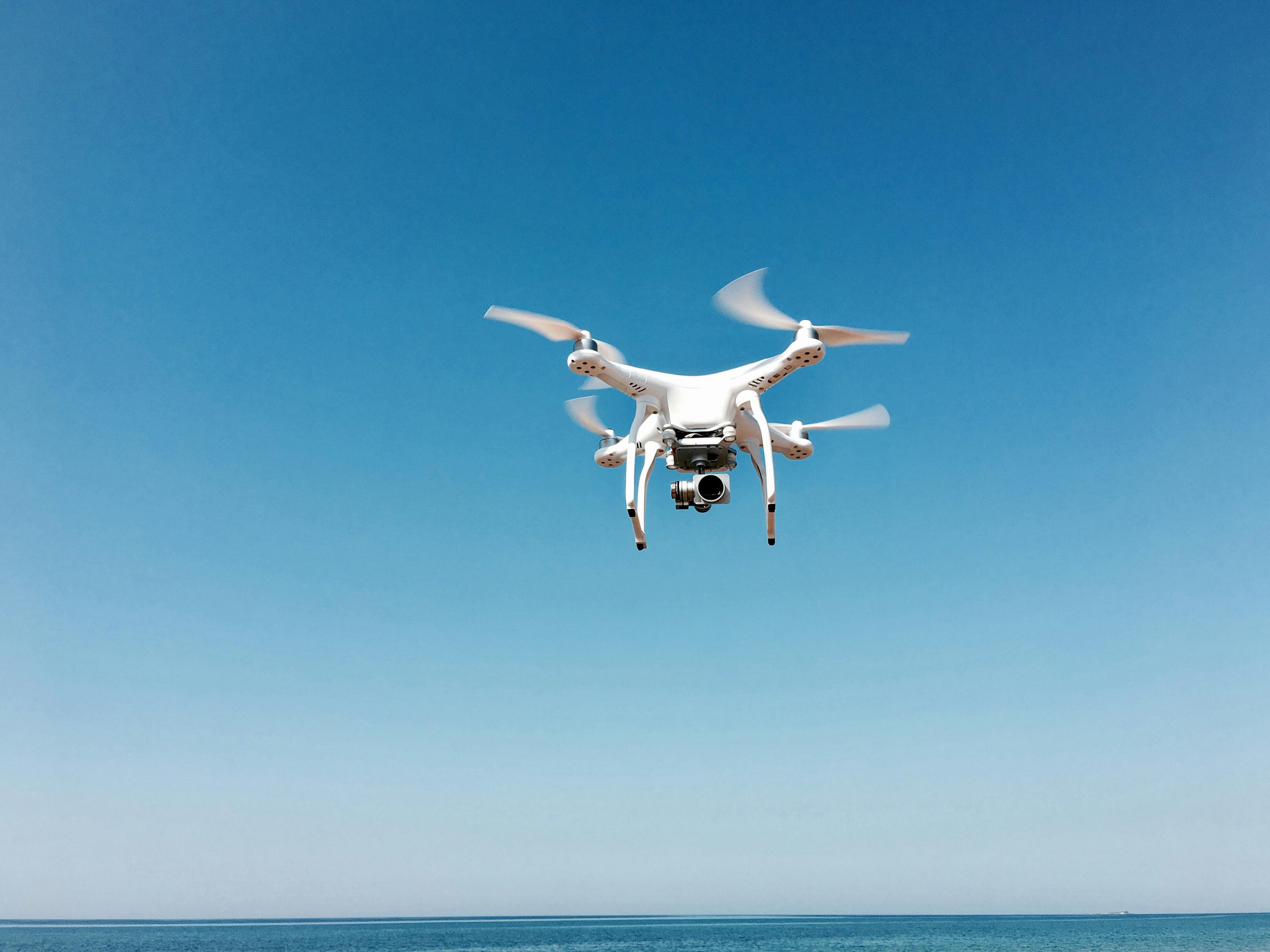
Animation: A long journey
Gone are the days when early cartoonists and animators tried to make movies with hand-drawn drawings and graphics. The great Walt Disney used to draw most of his early works by hand. His work is a pinnacle and an inspiration to modern animators and graphic designers around the world.
Contemporary animated films are a zenith in the modern film industry. Viewers have never before experienced such a high-level display of graphics, animations and CGI.
Technological advances in the field of information technology and design have allowed a myriad of possibilities for today’s animators. It has become much easier for graphic and animation artists to be ambitious in their endeavors because the technology of our time is extremely permissive, with radical new advancements occurring every day.
Animation has come a long and arduous road since its earliest days, with today’s animated creations being so completely realistic that you could reach out and touch them.
The advent of state-of-the-art computers and computer applications, over the years, have been revolutionary and should be credited with the success of today’s animation industry.
Technological advancements in the animation industry are a never-ending process and are expected to grow by leaps and bounds, even outpacing the current trend of ‘bigger and better’.
Take CGI for example, computer generated images go beyond the established laws of physics. Animators can make their animated characters perform impossible, sometimes outrageous feats using advanced CGI.
The current state of CGI is the result of innovations in the way we solve computer algorithms and improvement in the compactness of integrated circuits, along with the development of various software.
CGI is not only efficient but also profitable. It’s a cheaper alternative than any other form of animation, not to mention you have to build expensive miniature stages and stages. Of course, it has its own weaknesses. CGI animators have yet to capture complex human emotions and movements.
No matter how realistic an animated human may appear, it will still have limited movements and reactions. Paul Ekman, an American psychologist, has classified human emotions into 6 types, universally present in all people in the world. The 6 emotions she recognized were happiness, sadness, surprise, fear, anger, and disgust. He added a seventh emotion, later, that of contempt.
Animators haven’t been able to capture all of the emotions mentioned above, thus far, but with the kind of technological metamorphosis that happens every day, this may soon be a reality.
So what does the future hold for animation and animators?
Well, it’s a never-ending process and the future looks bright for animation and animators. On the one hand, photorealistic representation in animation is being used more and more.
Paul Walker’s death was devastating, for fans of the Fast & The Furious franchise and the film fraternity in general. What was most frustrating was the fact that he died in the middle of filming Furious 7.
But that did not stop the filming of the film, instead the entire film was completed with the help of a photorealistic rendering, in which a digital double or a virtual actor was used, with the look and feel of Paul Walker, along with Walker’s brother. to wrap up the movie.
This largely unavailable technology about a decade ago would have rendered the film useless and probably archived. The premature death of the main actor would have caused the cancellation of all the filming. In extreme cases, where millions would have been spent and canceling would not be an option, the studio would likely spend millions more to re-film with a new cast, in hopes of saving the film.
The day is not far off when filmmaking will be a much cheaper proposition, as it will be much easier to replace actors with their digital image. Imagine being able to digitally resurrect an actor, who has been dead for a long time or is unavailable for a particular shoot, due to a scheduling conflict.
The science of animation will continue to evolve and grow to an extent that can surpass the current scenario. Human ingenuity is limitless. As long as we have dreamers, there will be a constant stream of advanced technologies, taking animation to a new level.



